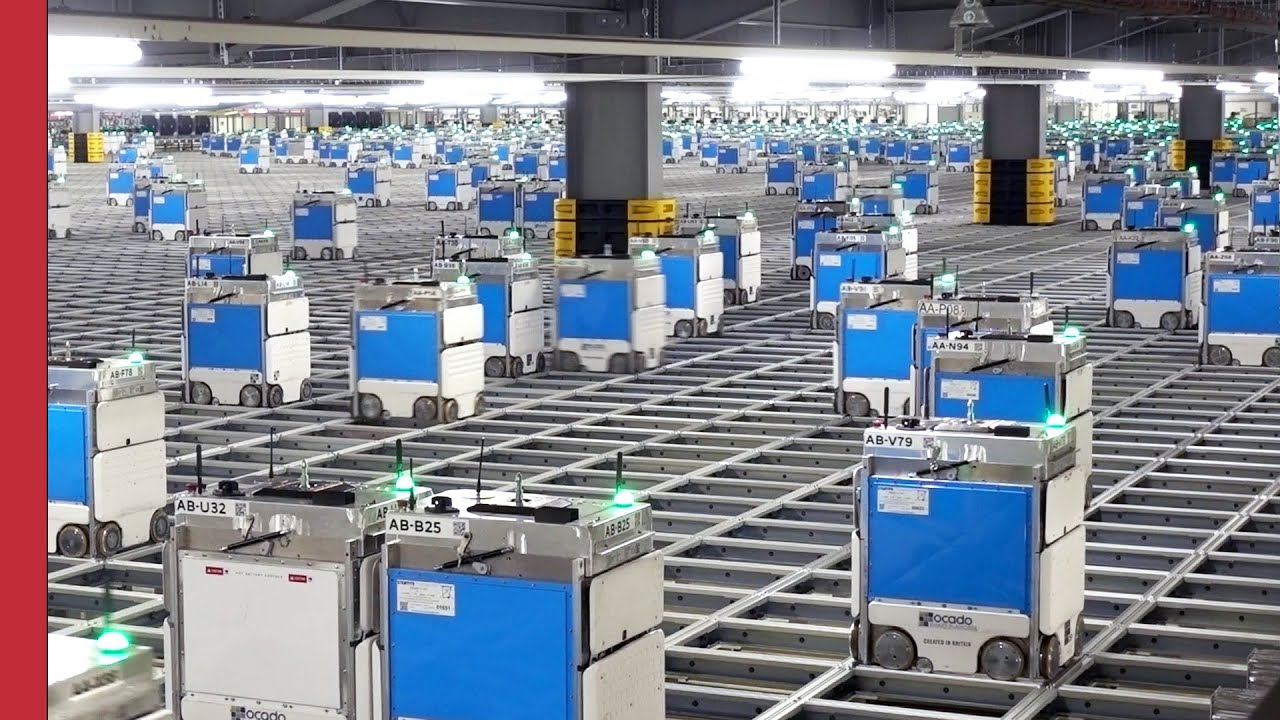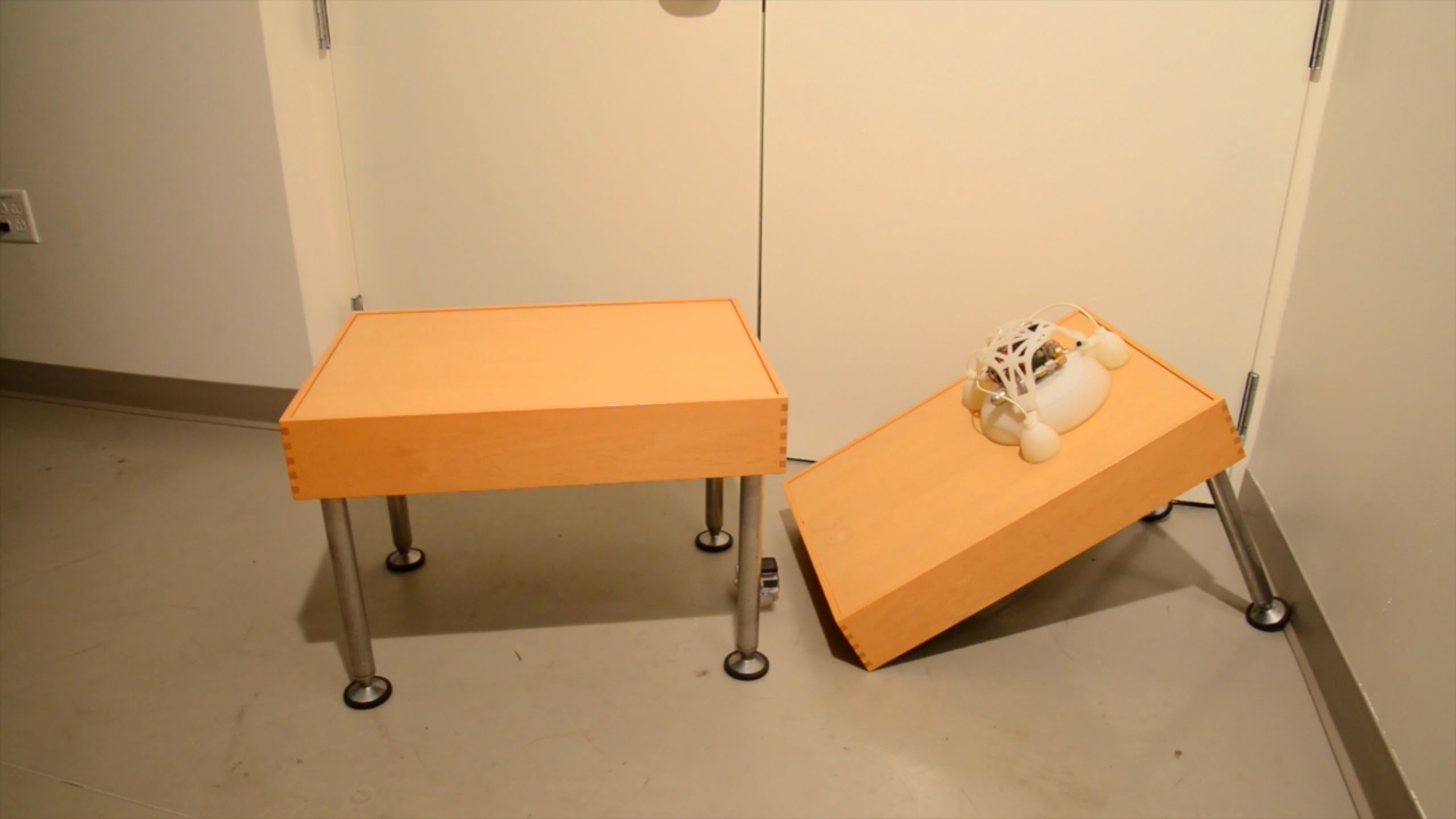
Industrial deforestation is responsible for the destruction of forests worldwide and results in disruptive effects on their ecosystems, including reduced biodiversity, increased soil erosion and the release of greenhouse gas emissions, to name a few.
Planting a tree takes a lot longer than cutting one down, and it’s a relatively slow and expensive process. Fortunately, a solution may be on the horizon.
BioCarbon Engineering, the brainchild of former NASA engineer Lauren Fletcher, has proposed a solution: Industrial reforestation with robot drones. Could reforestation get any more awesome?
The drones would plant an estimated 1 billion trees a year, saving people from having to do it by hand. This would make reforestation quicker and cheaper. However, Fletcher doesn’t say that this new method of reforestation is necessarily better than planting trees by hand, just cheaper. If put into full effect, the drone method of planting trees could cut the price of traditional practices down to 15% of the original cost.
The drones won’t indiscriminately fire seeds anywhere they happen to fly over. Instead, the machines will first gather terrain data and information on the local fauna, reporting back on the region’s “restoration potential.”
When the restoration potential is approved, and the region is ready to support new seeds, a planting route is mapped for the drones to follow. The drones then fire the ground with germinated seed pellets at a rate of 10 seeds per minute.
The drones’ jobs aren’t done once the seeds are planted. They will also perform plant audits to monitor the ecosystem over time. This is important to assess how effective the drones were and what improvements can be made in the future.
The entire process is called “precision planting.” In order for it to have the greatest benefit on the ecosystem, the team plans to work alongside local reforestation organizations to best match the biodiversity requirements of each individual region.
Drone-powered reforestation is a good solution to deforestation; however, it’s treating the symptoms, not the problem. Deforestation wreaks havoc on ecosystems, and while it’s great to have a method that quickly and cheaply replants trees, it may be better to reduce large-scale deforestation first.
Via IFL Science






